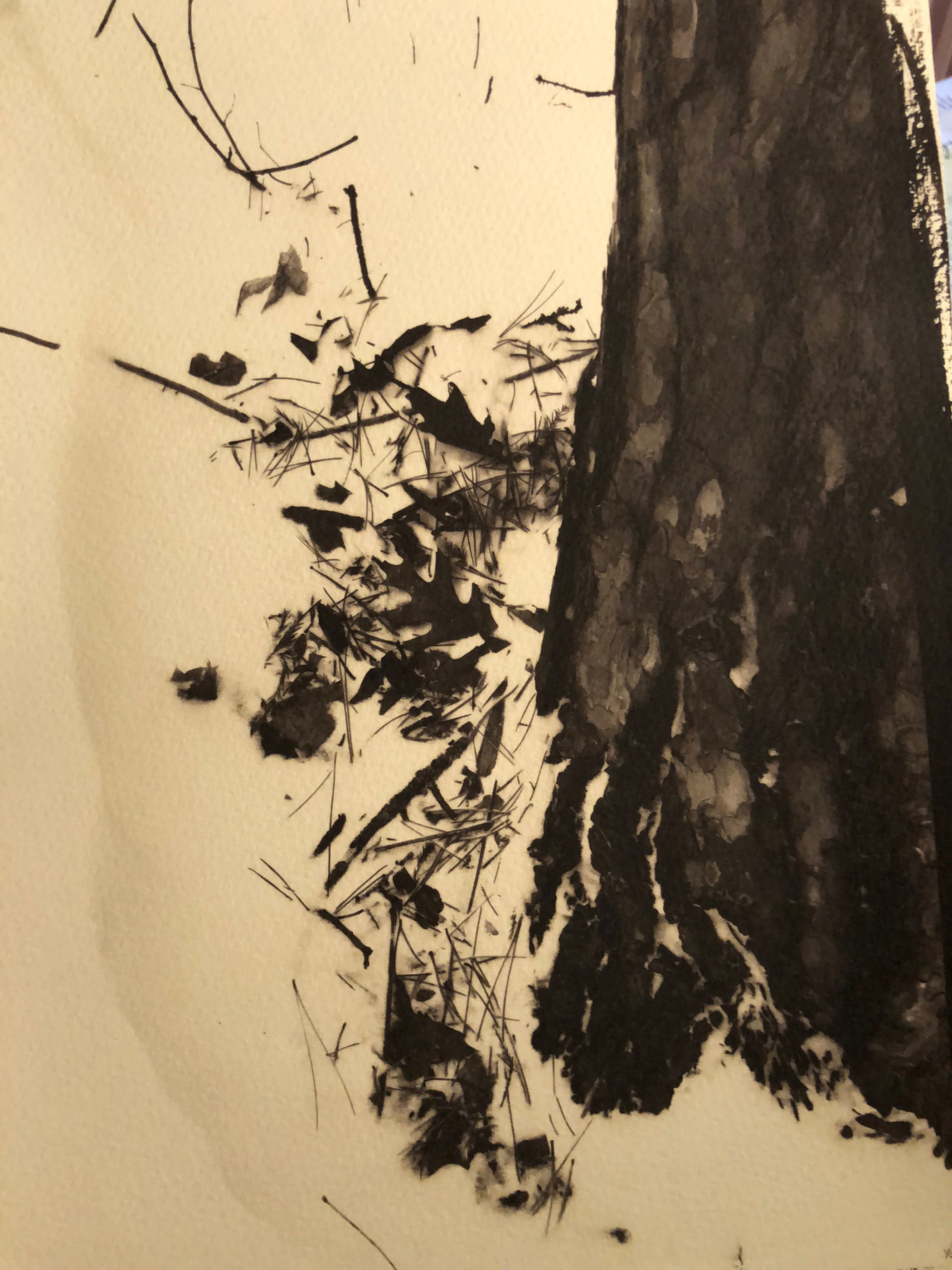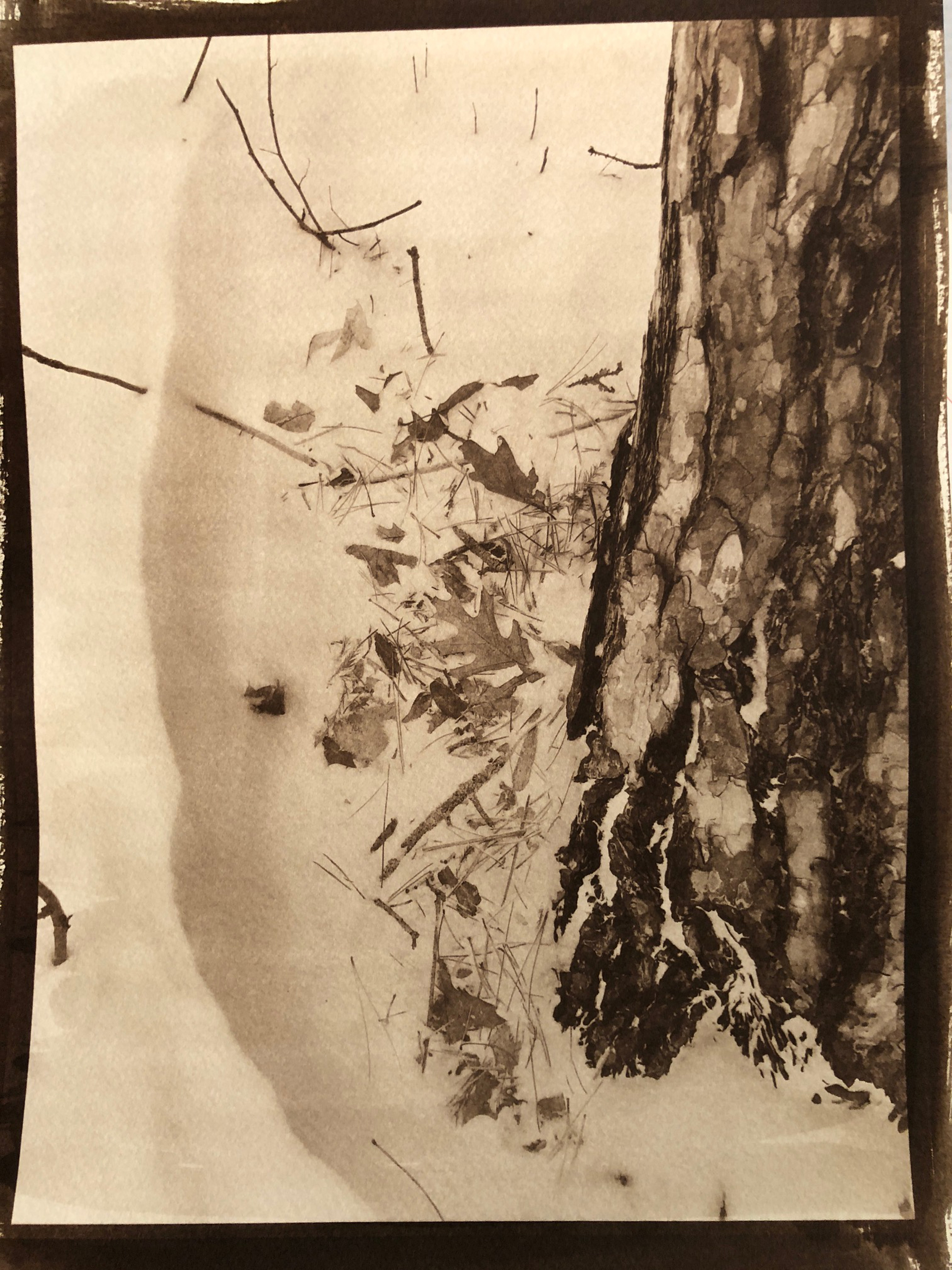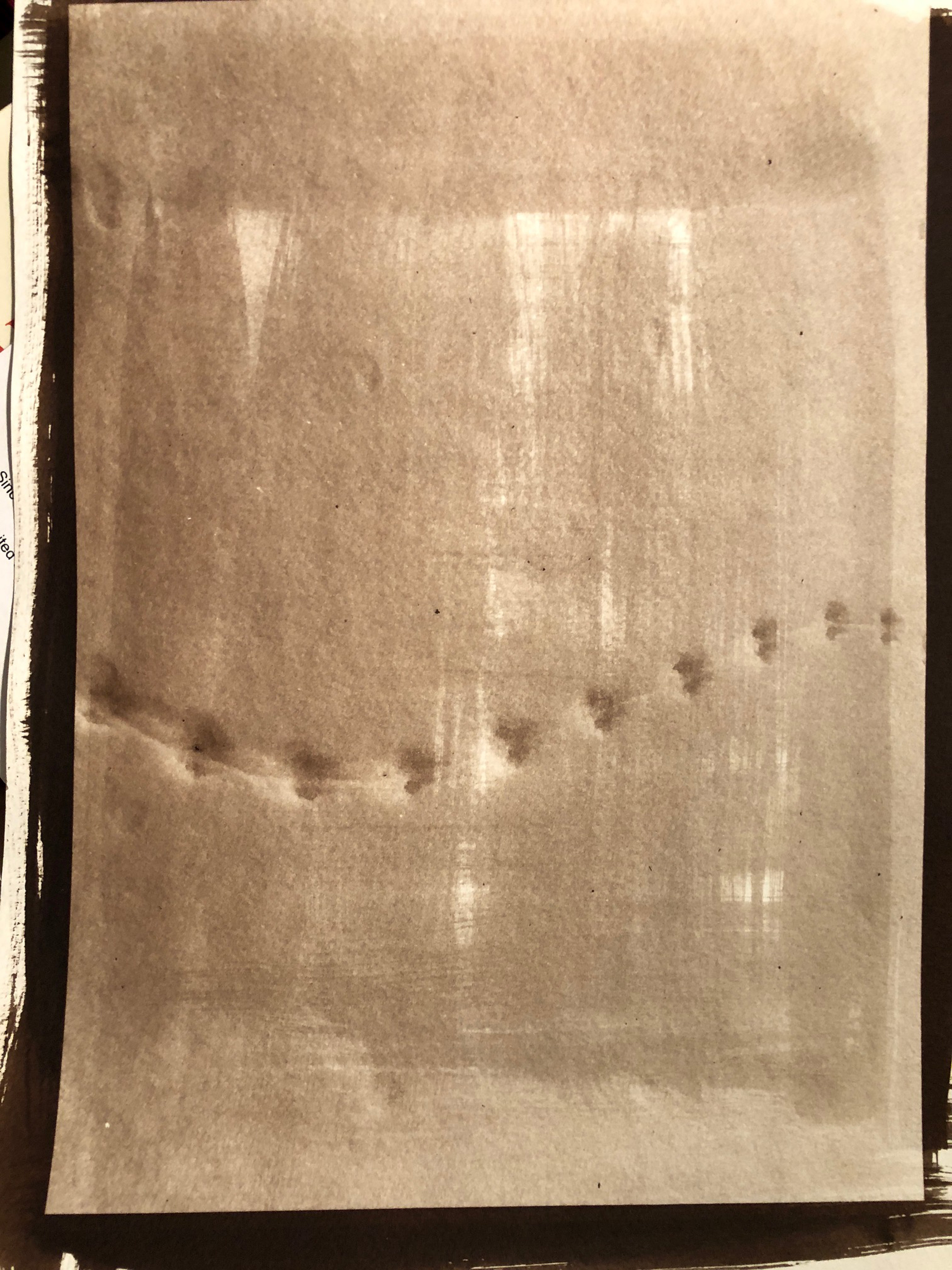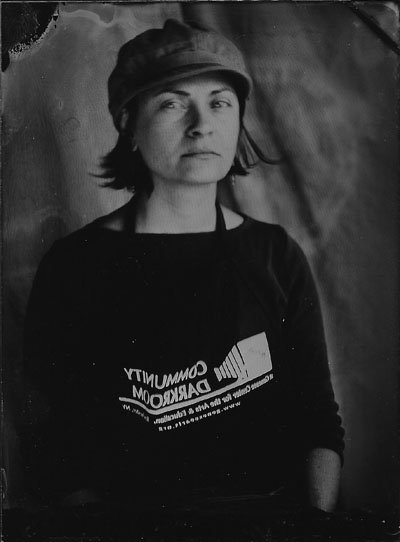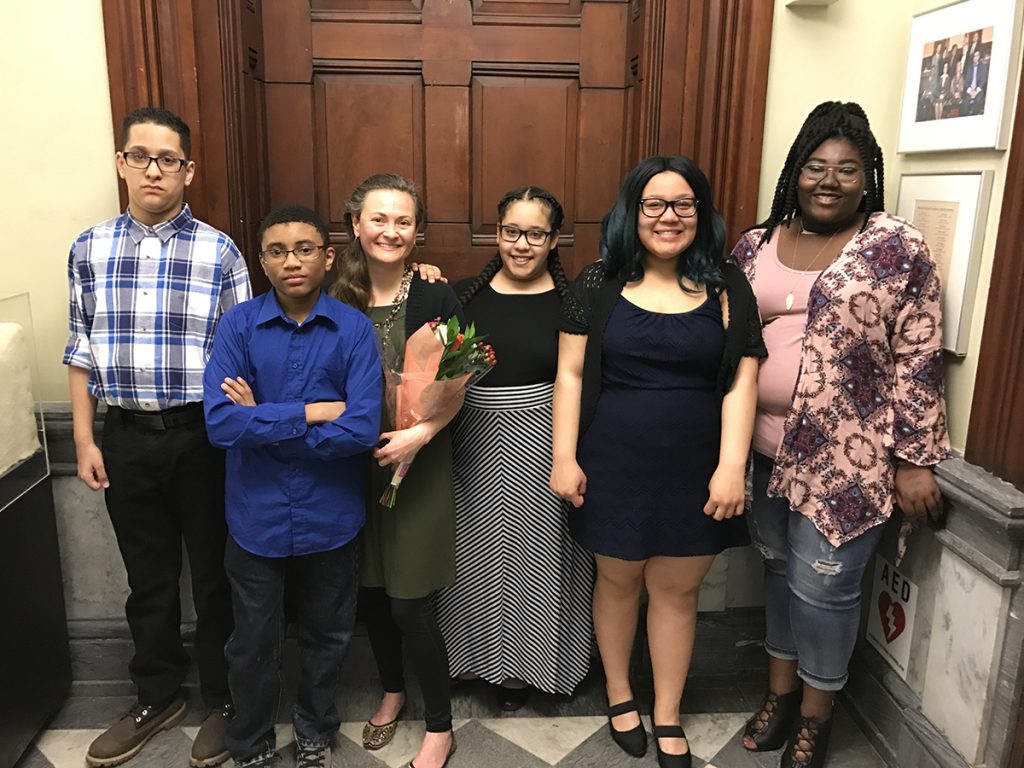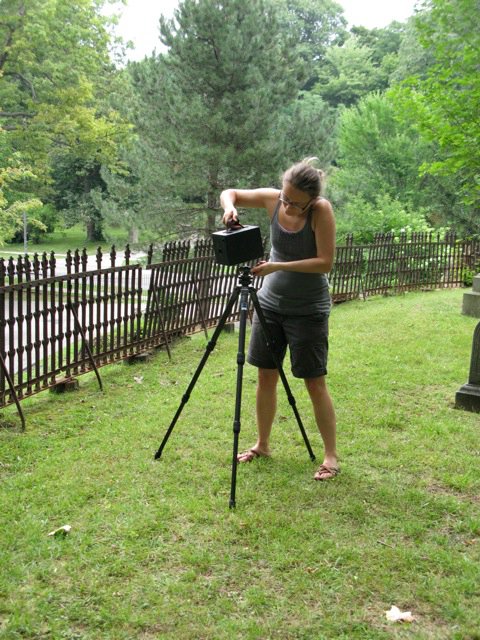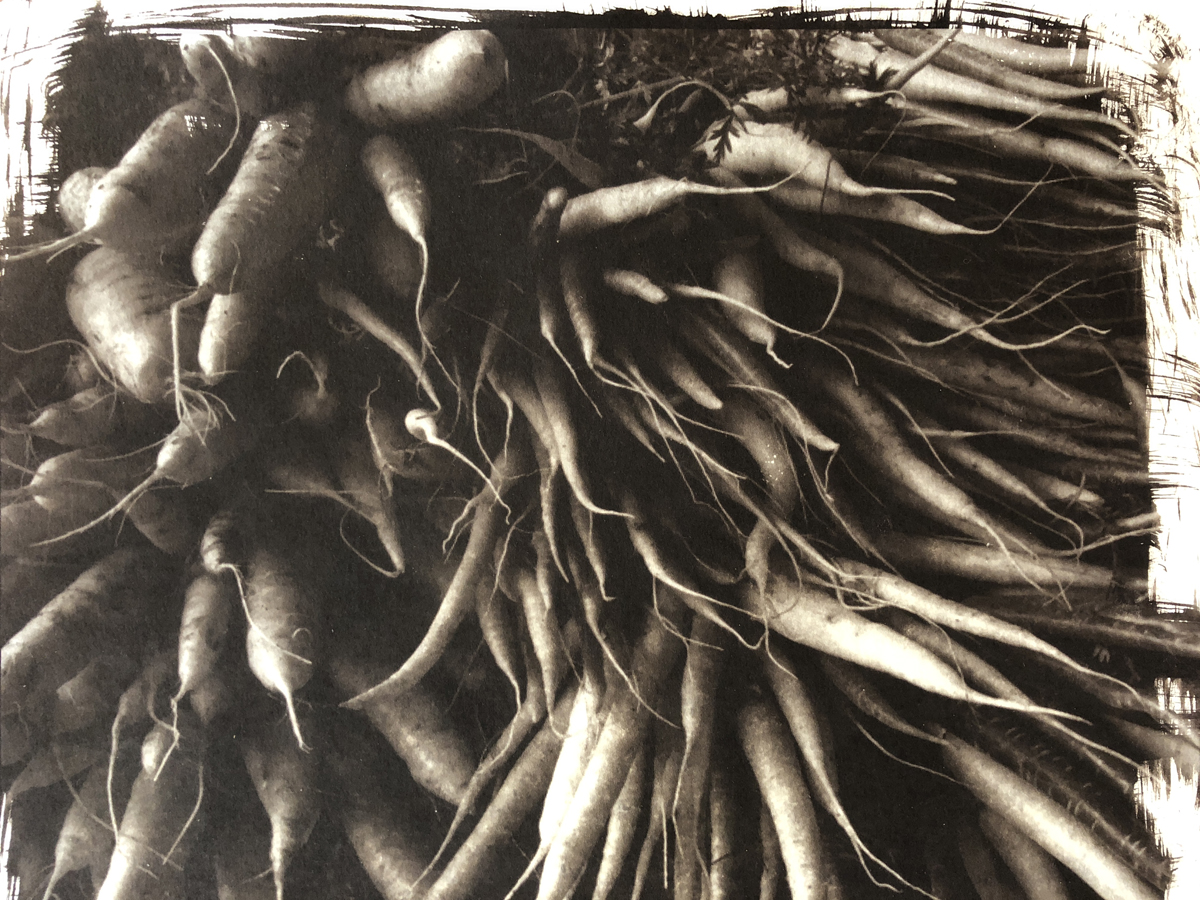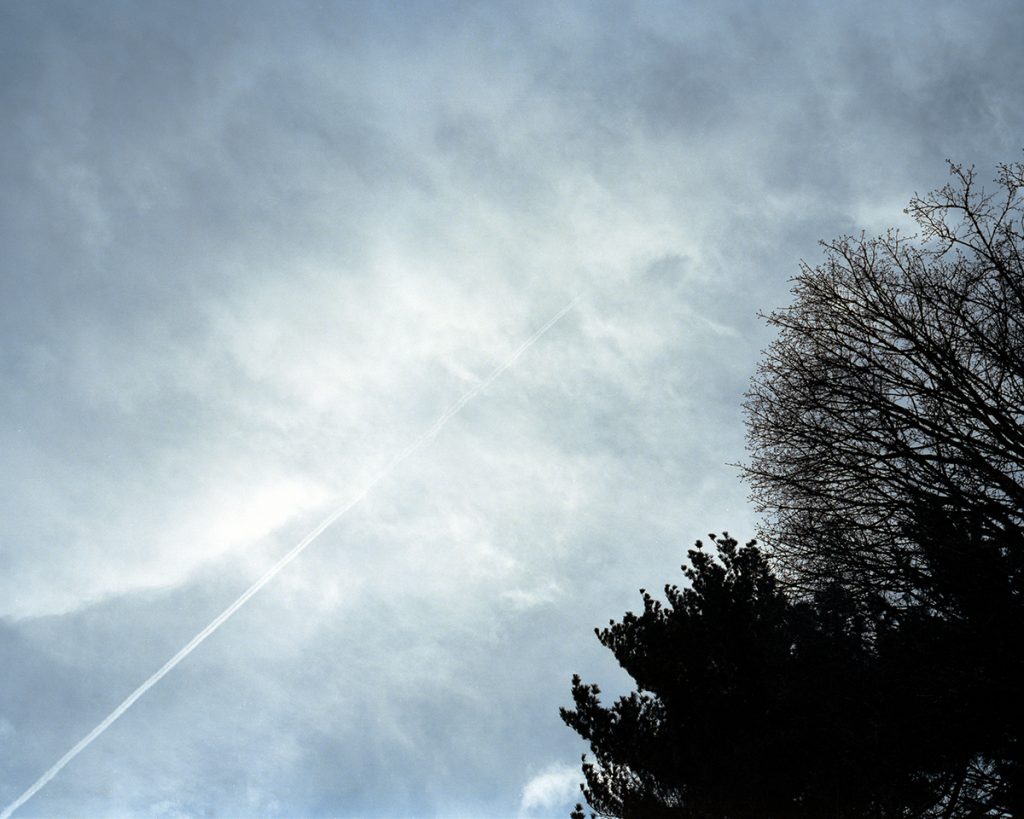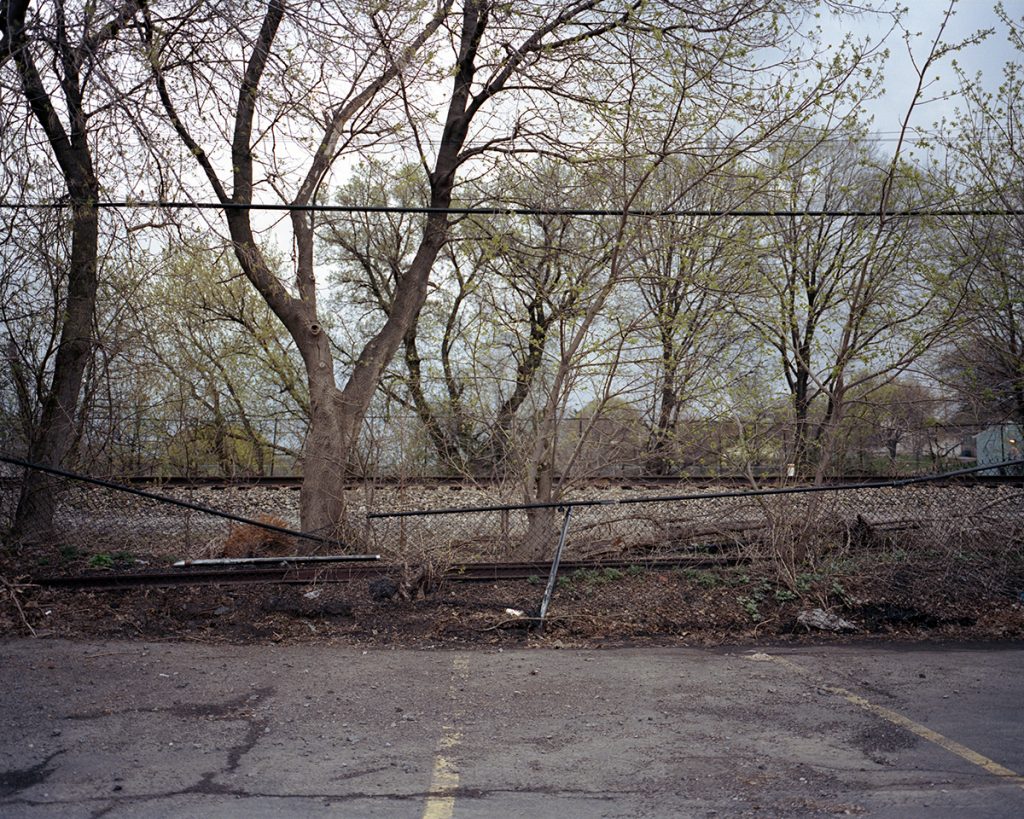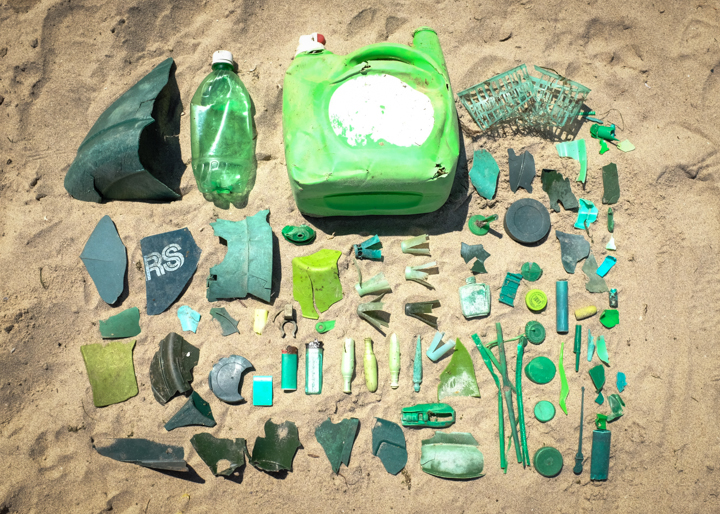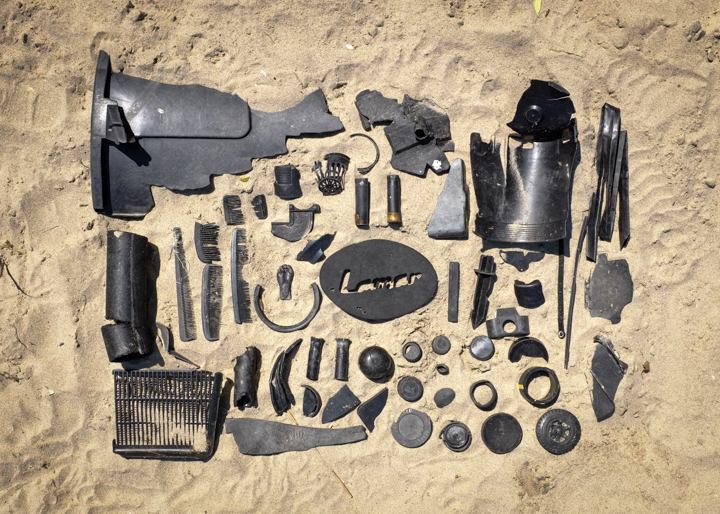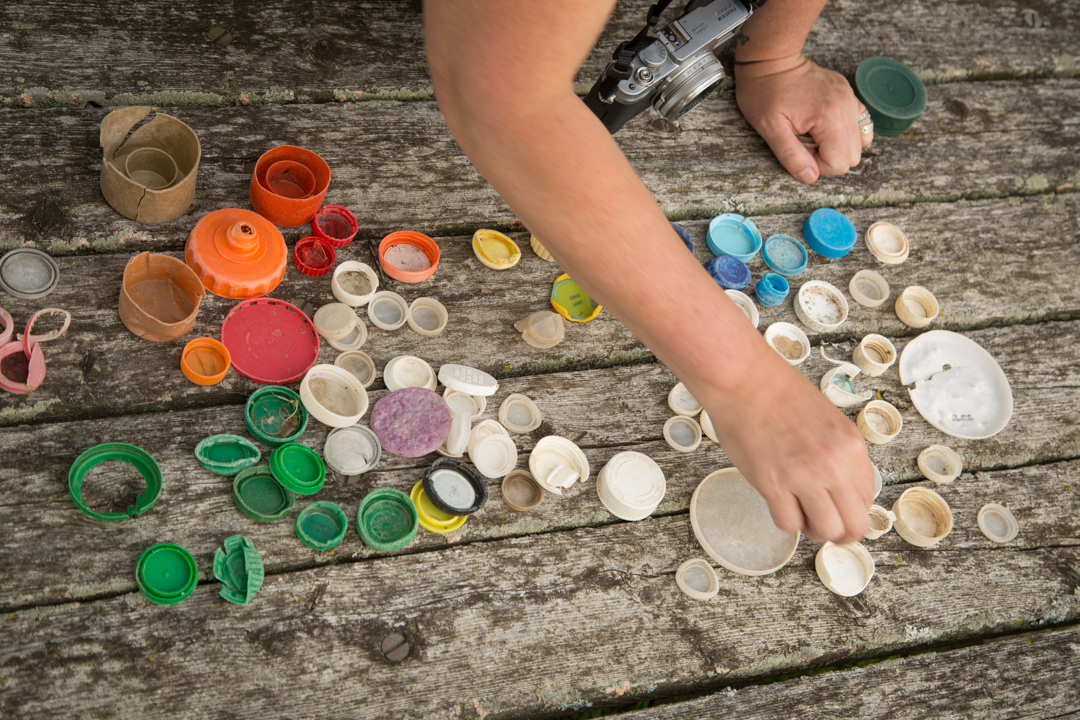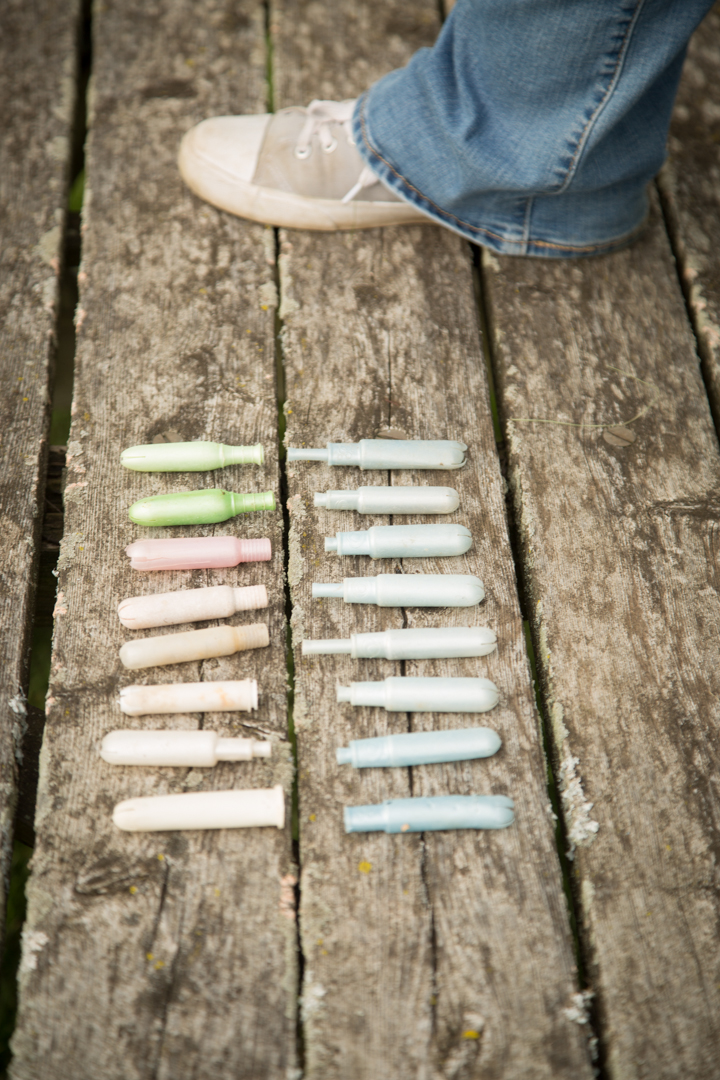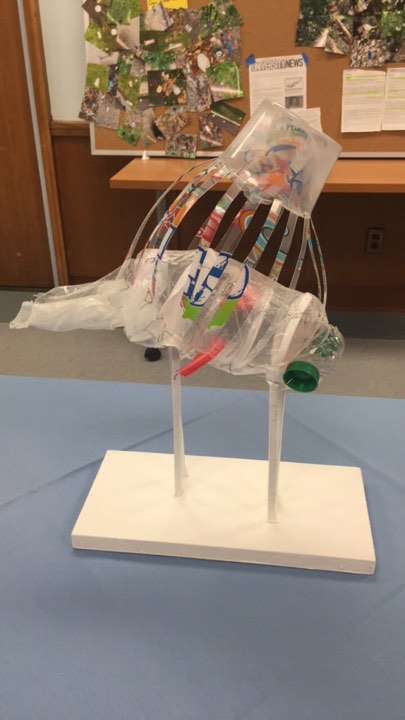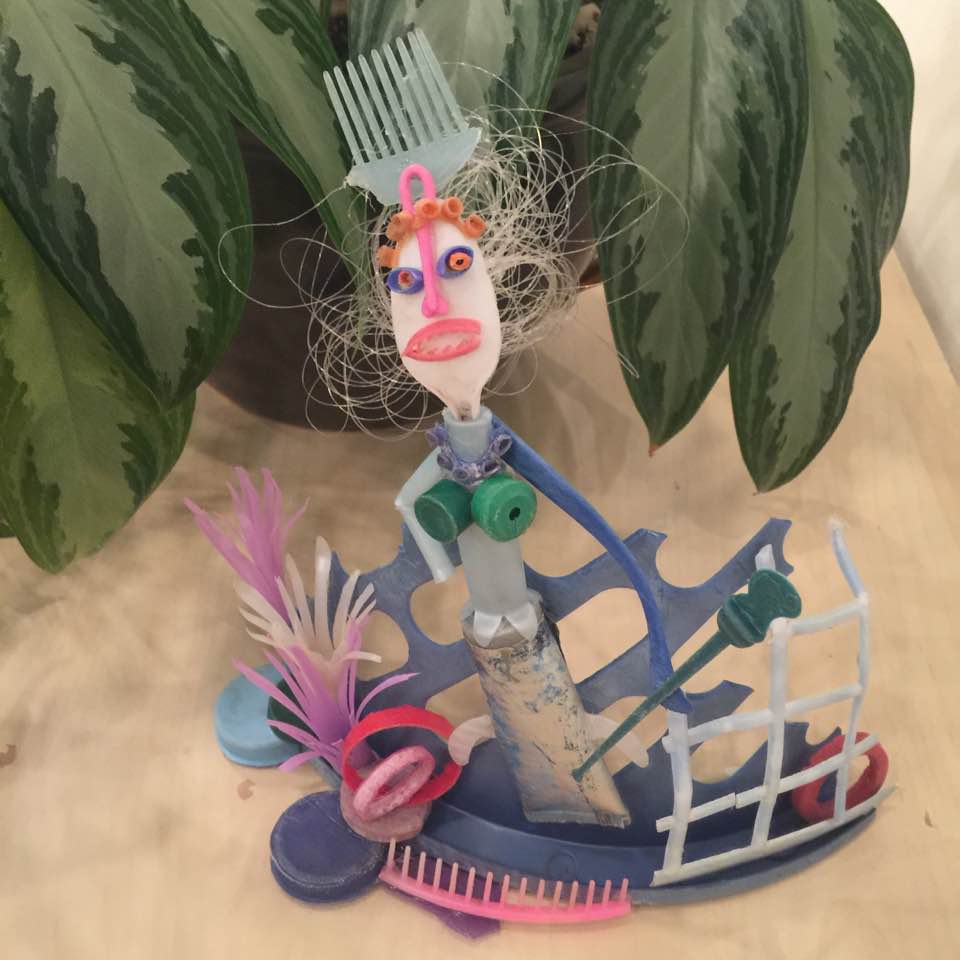Time fly when you are having fun, that is true. I am writing this post from my house, in Medellín, Colombia, after my six-week residency at the Flower City Arts Center.
I arrived two months ago with the idea of working on migration. But, what is migration after all? I could make such a long list starting, of course, with people coming from abroad looking for opportunities, following with laws and migration quotas, walls, Border Patrol, minimum wages, working conditions, et cetera. Migration is also related to transit, dreams, plans, changes, failures, and routes. That was what I looked for.
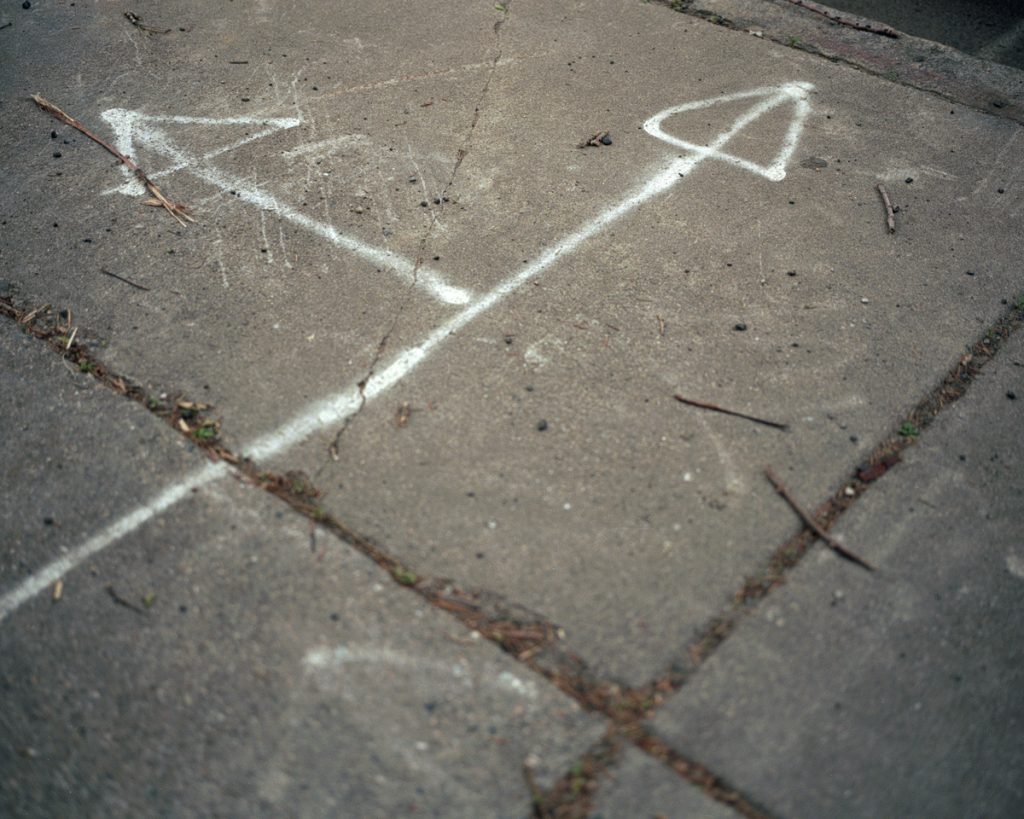
However, six weeks is such a short time… and last, but not least, in the United States, we can only find people who finished their migration path. I decided to start this project during the residency, but I will continue to work on it in the coming months, probably years. Rochester was the first stop, then I’m back in Colombia, where a lot of people wants to get out, and then I would like to go to the countries in between, probably Central America, where there is a lot of transit.
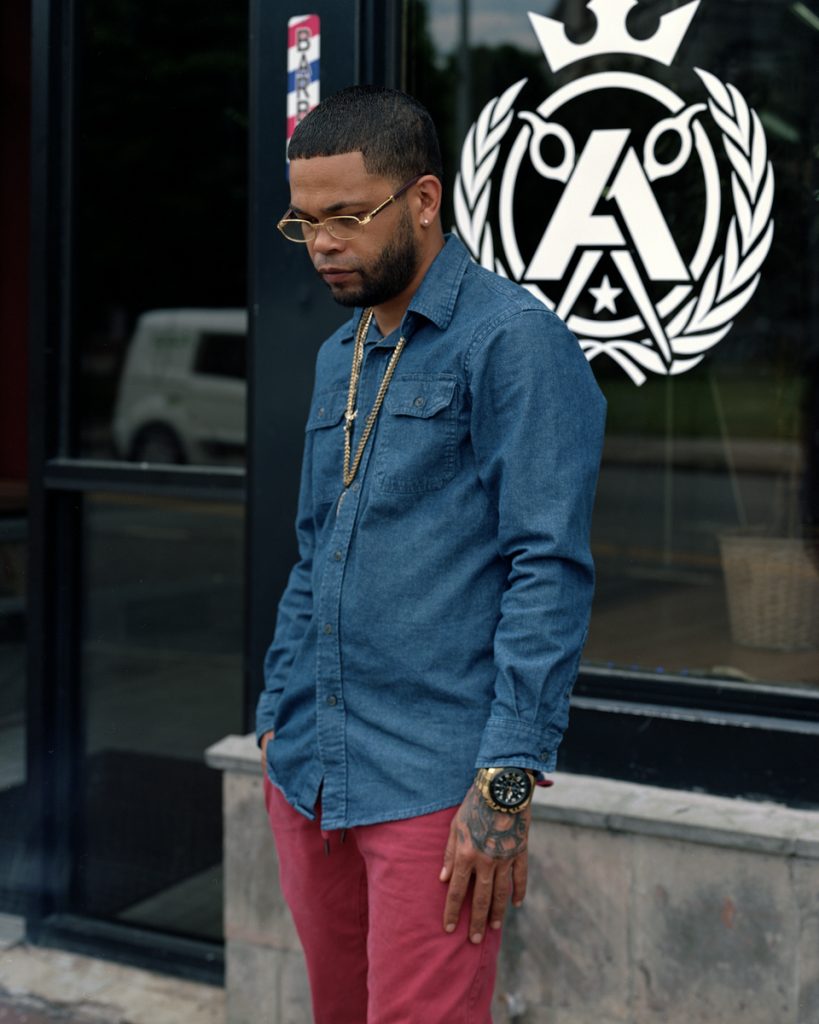
This long path is a different way of working for me. I used to make short projects instead of longer ones. For me, it was just like I had an idea, wrote some lines down, do the shots, and everything is done and gone, in six months or less. But in this case, it is going to be different. The subject matter is so wide and complex, that I would feel uncomfortable and irresponsible just doing a light or superficial approach. Showing a couple of pictures of Colombians guys surrounded by American flags or Mexican fellas in a McDonald’s restaurant. I don’t want to diss those approaches, please do not get me wrong. But the subject matter, in the actual political climate, does not allow simplifications.
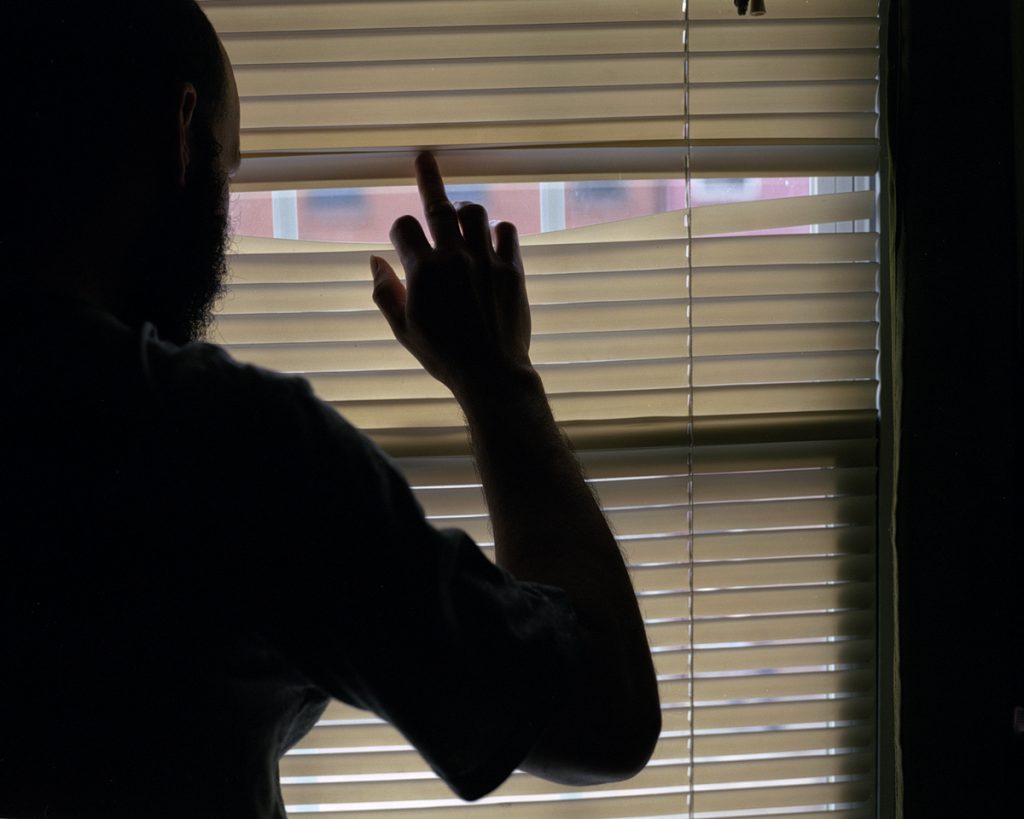
I tried to make pictures related to the idea of being and feeling a migrant. That could probably be a good start. It was not that hard because I am a migrant myself. I know how it feels to arrive at a foreign land, feel the language barriers, the fear, the uncertainty, the cultural shock. That is what I tried to show in my pictures, those are the feelings that ruled the experience. That is why there are barriers and things being in-place and out-place.
Was I successful? For me, it is to soon to answer that question… working with film, developing and scanning by myself, really slows the process down. And a deeper understanding of the situation, require time, work and commitment. I am actually happy with the results. I think I made a good selection of images, that are faithful to my initial idea. I enjoyed the process, learned a lot, and especially, got to know realities that I could not even imagine. That is the most important experience for me. My path was apparently clear, but things changed and I had to find new ways. I got moved and touched by the changes and the routes.
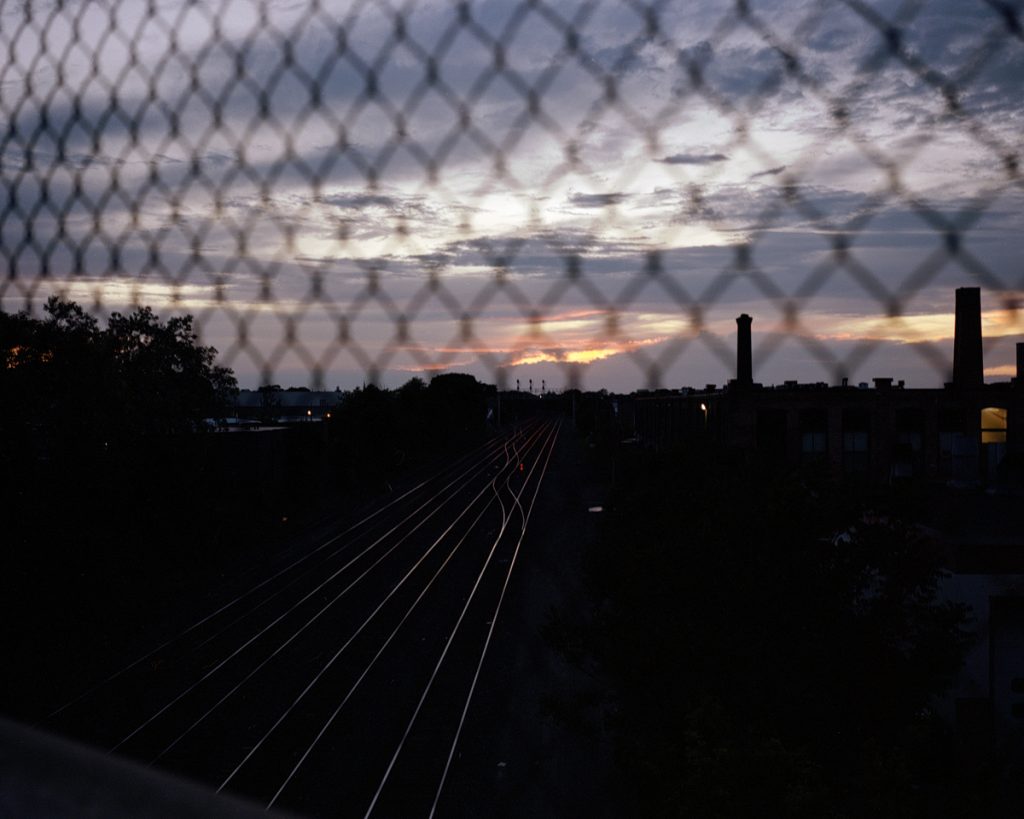
I would like to thank the Flower City Arts Center staff for their kind support over this period. Without their help, consideration, time and generosity, this would not be possible. Also thanks to Beth Peters, who generously hosted and took me around the city during this time. Thanks to the Ministry of Culture of Colombia and The Medellín Town’s Hall too, who supported this project thru a series of grants.
Finally, I would like to share some data about my journey:
Number of flights: 5
Miles by bus or train: 1400
4×5 color film sheets used: 40
120 color film rolls: 14
120 B&W film rolls: 3
35mm color film rolls (36exp.): 1
35mm B&W film rolls (36exp.): 2
Times I ate at McDonald’s: 1
Miles rode (in the bike): 390
Miles walked: 67
Cold days during my residency: all but two
Average number of coffees by day: 4
Times I get lost in Downtown Rochester: 27
Thanks for reading and see you back soon!



















